Tech
10 Ways AI is Changing Visual Brand Storytelling
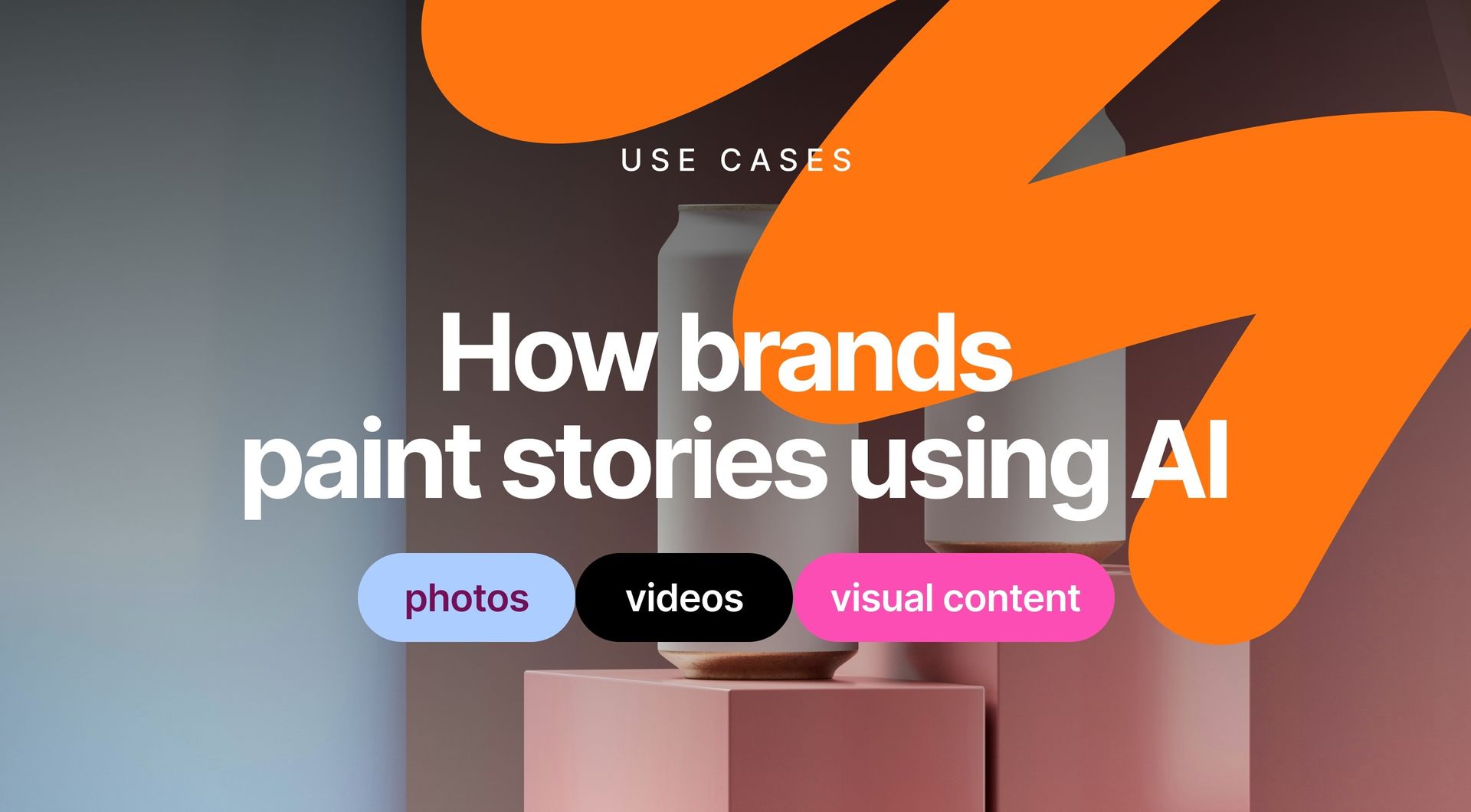
AI tools are giving brands new ways to tell their stories visually. We asked creative directors and CEOs how they're using these innovations to craft compelling narratives.
Takeaways
- AI-optimized content can increase social media engagement by 23-40%.
- Smart image selection: Let AI choose your most impactful visuals from thousands of options.
- Dynamic personalization: Tailor product images based on user behavior for more conversions.
- Emotion-driven design: Use AI to analyze emotional responses and create more engaging content.
Discover ten approaches that are changing how brands connect with their audience through visuals.
Subtle Influencing of Content
If a brand uses AI properly (doesn't take output for granted), it would be hard for audiences to spot whether or not their content is AI-generated. Those relying on AI too heavily may have some similarities in content, storyline, choice of words, and how the messages are constructed, edited, and delivered.

We have to admit that AI has helped brands produce branded content much quicker. However, the speed and efficiency come with potential drawbacks. The challenge is adding genuine creativity and unique insights to ensure that AI-generated content doesn't just become a monotonous echo chamber of clichés and predictable patterns.
At LeadLearnLeap, we do have several examples of creative storytelling. But one that has generated thousands of views is this video.
Marissa Sabrina, Creative Director, LeadLearnLeap
Insights Boosting Brand Engagement
AI has allowed brands to optimize visual storytelling and boost performance. For an automotive client, machine learning analyzed thousands of social media posts to identify imagery, captions, and hashtags that best resonated with target customers. We emulated these best practices and increased engagement by over 40% in one month.
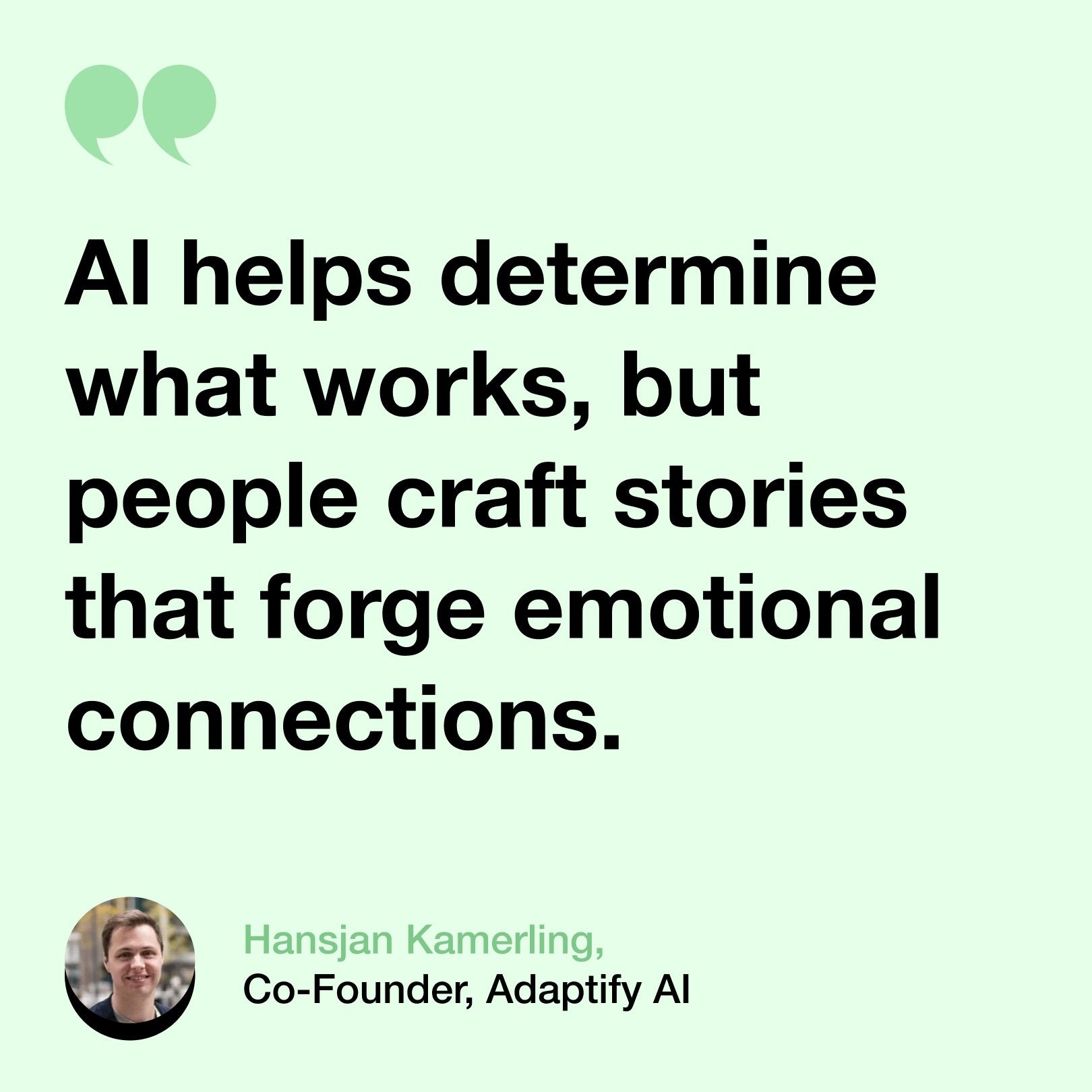
For a DTC skincare brand’s product launch, AI scrutinized competitor social content and found patterns in the most impactful photos and messages. We crafted a narrative around memorable and eye-catching images chosen by the AI. Early surveys showed brand favorability rose by 25% and purchase intent increased by 20%.
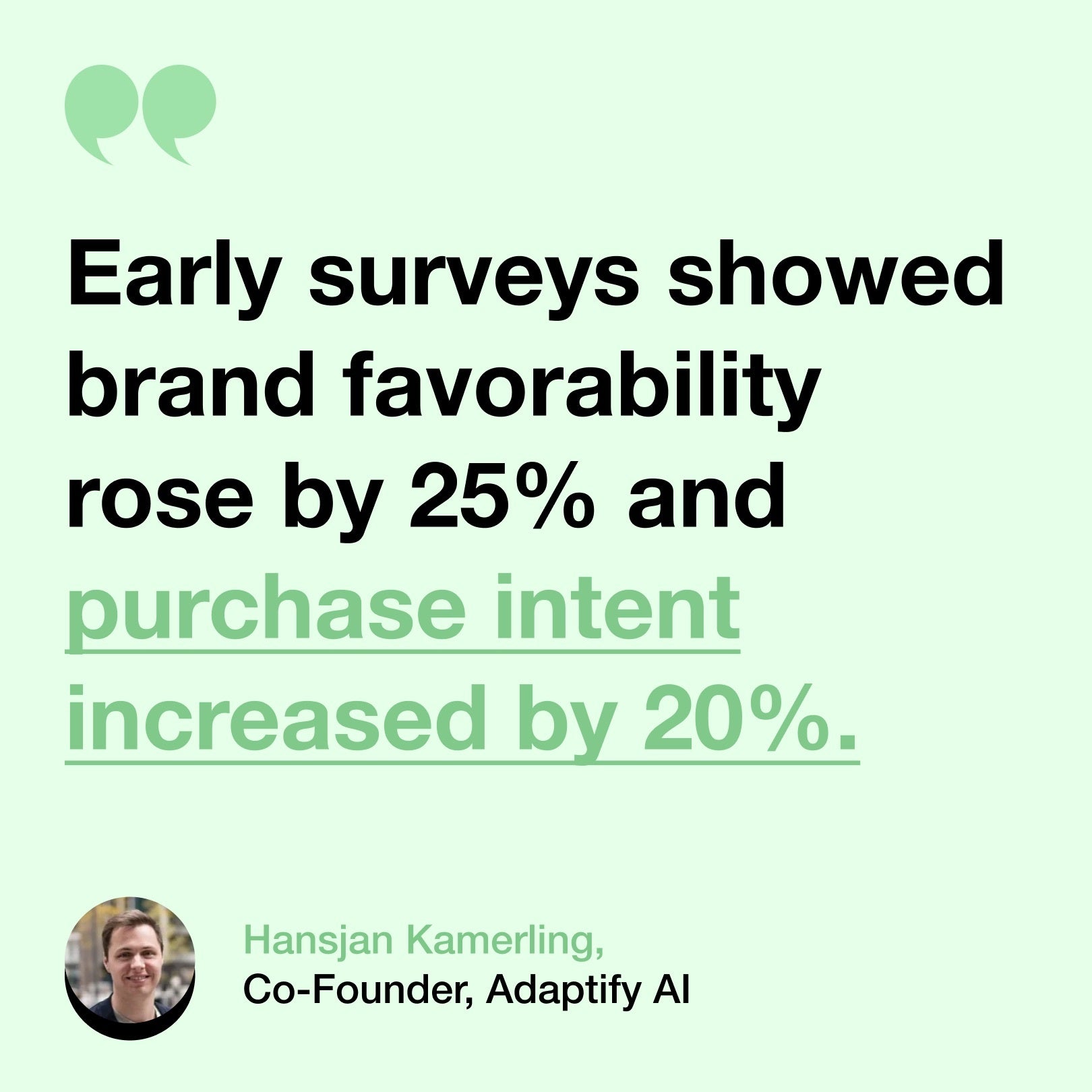
Though AI provides insights, human creativity remains key. AI helps determine what works, but people craft stories that forge emotional connections. Together, AI and humans are enhancing how brands visually capture and keep audiences. Data informs creativity rather than replaces it.
Hansjan Kamerling, Co-Founder, Adaptify AI
Enhancing E-commerce Imagery
AI suggests options, but our creative directors determine what truly resonates with target audiences.
Joseph Yarber, Director of Operations, Limestone Digital
As Head of Marketing Operations at Limestone Digital, I leverage AI tools daily to uncover impactful visuals and craft creative stories. For an e-commerce client's product launch, we used an AI photo editor to review thousands of product images and identify the most striking ones based on factors like emotion and memorability. The AI then suggested sequencing these photos into social media campaigns, boosting engagements by 23% and driving significant web traffic.

AI also revolutionizes video creation. I've used AI video editors that can turn raw footage into polished social videos in minutes by finding highlights, adding transitions, and music. For a client, this generated 50,000 organic views and drove web traffic for weeks after the launch.
While AI powers scale and efficiency, human judgment remains key. AI suggests options, but our creative directors determine what truly resonates with target audiences. When AI and human creativity collaborate, the impact on storytelling and brand experiences is hugely amplified.
Joseph Yarber, Director of Operations, Limestone Digital
Amplifying Visual Impact in Campaigns
AI has been useful for helping brands tell visually compelling stories. Using smart algorithms, AI tools can analyze massive datasets and find the most emotionally impactful and memorable images/footage for campaigns.
For example, I worked with an outdoor gear brand to promote their new line of hiking boots. We uploaded hundreds of product photos to an AI platform, which identified the most visually striking ones, considering factors like color, framing, emotion, and memorability. The platform then suggested how to pair and sequence the photos for social media—ultimately leading to a 23% increase in engagements.
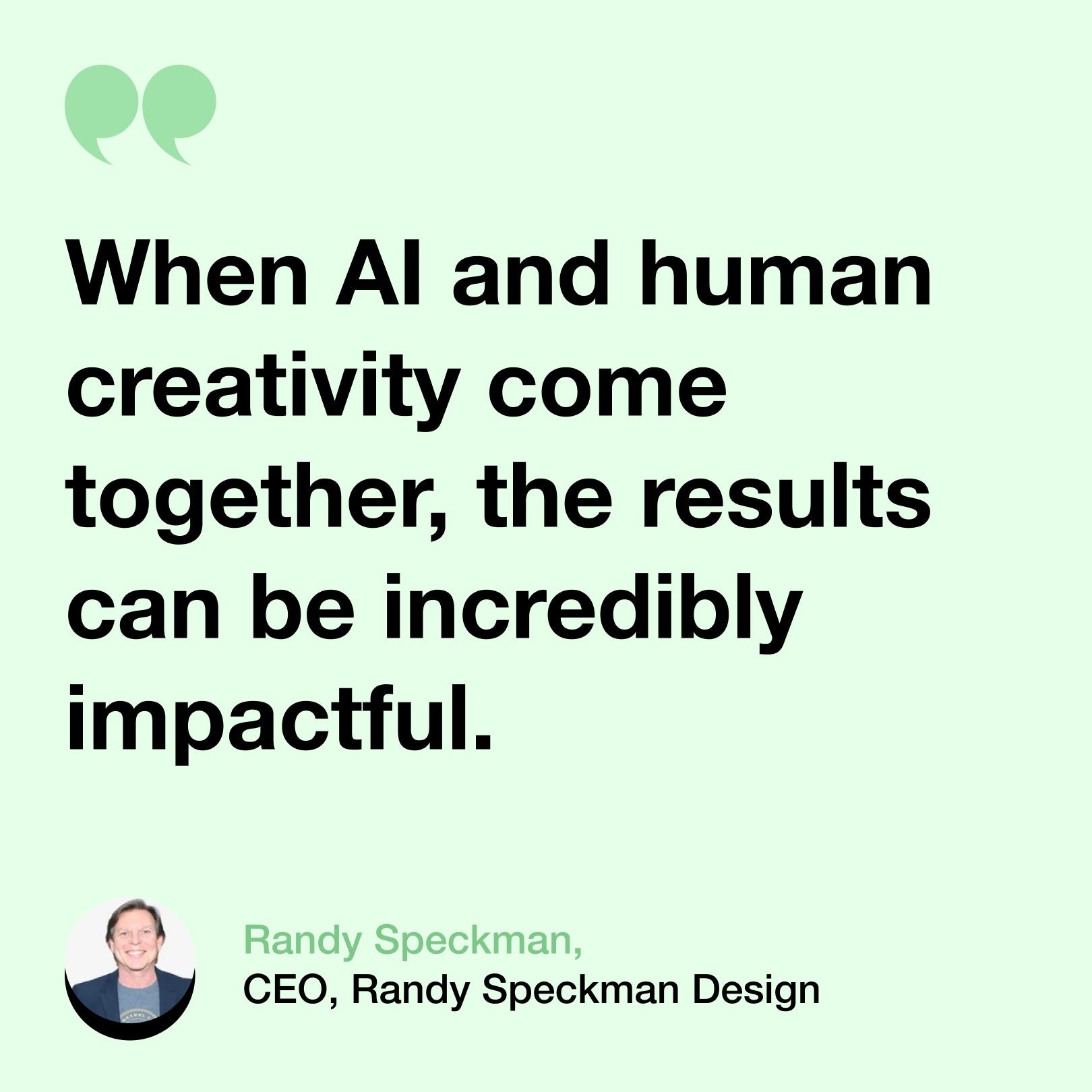
Video is another area where AI shines. I've used tools that can edit raw footage into a short, polished social video in minutes. The AI reviews the footage, finds the highlights, adds transitions and music, and creates a shareable video. For a client's product launch campaign, this approach generated over 50,000 organic views and boosted website traffic for weeks.
In the end, AI tools free up creative teams to focus on strategy and ideas. But human judgment is still key. AI can suggest options, but creative directors must make the final calls on what resonates most with their brand's audiences. When AI and human creativity come together, the results can be incredibly impactful.
Randy Speckman, CEO, Randy Speckman Design
Offering Dynamic Content
AI-powered tools are revolutionizing how brands tell their stories visually by enabling more personalized and data-driven content creation. At Opnbx.ai, we used AI to analyze customer preferences and then developed a video campaign that dynamically adapted visuals based on user data.
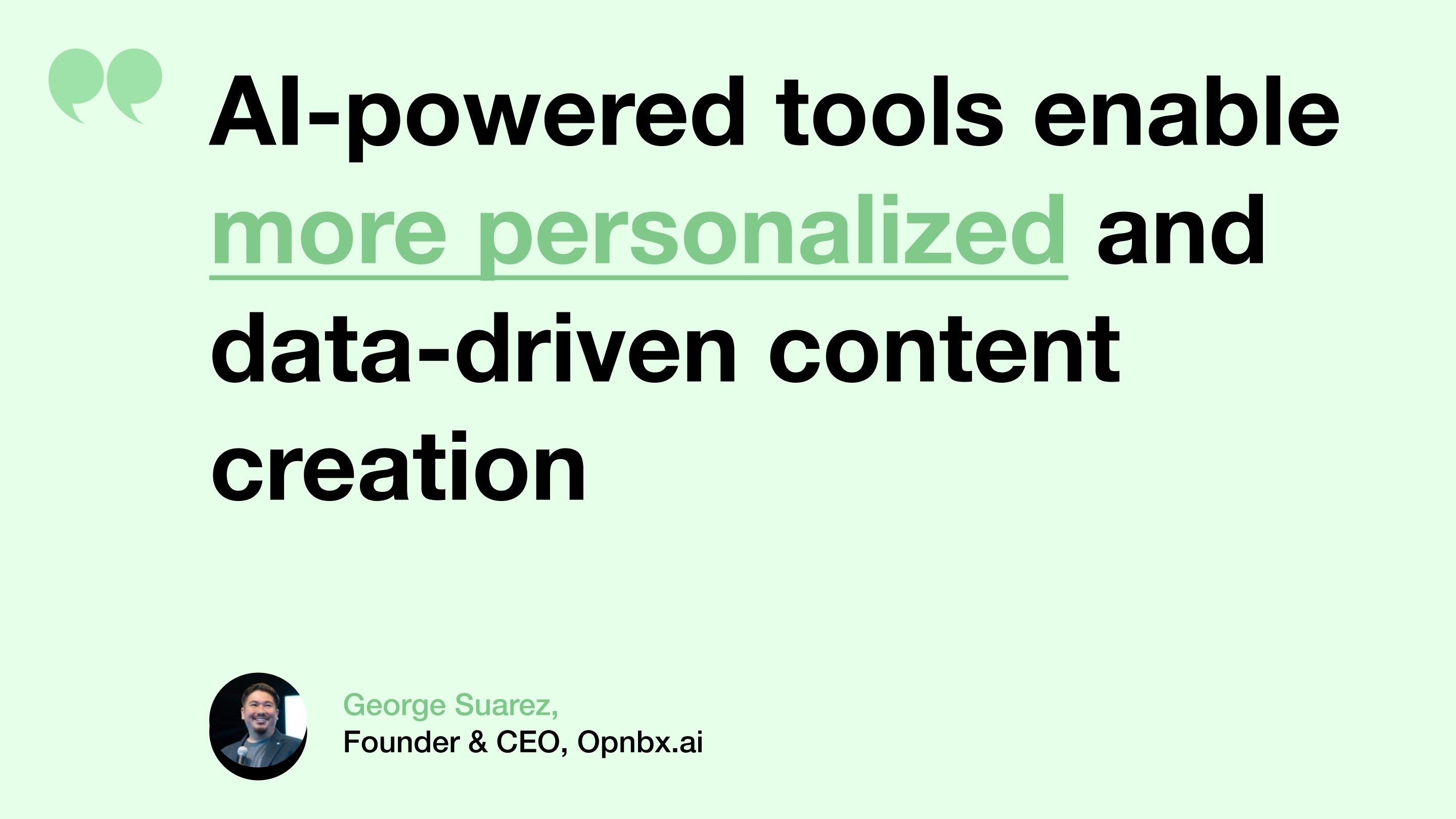
For example, one campaign featured product images that changed according to the viewer's past interactions with our website, leading to a 30% increase in conversion rates. This approach not only made our content more relevant but also more engaging, demonstrating the power of AI in visual storytelling.
George Suarez, Founder & CEO, Opnbx.ai
DALL-E Transforming Brand Visual Narratives
AI-powered tools are completely transforming how brands tell their stories visually, and it's been fascinating to see how these tools can add depth and creativity to a brand's narrative. With AI, we're no longer limited to traditional methods of content creation; instead, we can explore new avenues that were once unimaginable.
Take, for example, an AI tool like DALL-E, which generates images from text prompts. I used DALL-E to create a visual campaign for a new service we were launching at Keyzoo. The idea was to illustrate the concept of “security evolving with technology,” and I wanted something that would visually stand out and resonate with our audience. I started with a simple text prompt describing a futuristic cityscape where smart locks are seamlessly integrated into the environment. DALL-E then generated a series of stunning images that captured this concept perfectly—everything from sleek, secure doorways to drones assisting with security measures in a modern, tech-driven city.

These images were not just visually striking; they also conveyed our brand's commitment to innovation in security. The AI tool enabled us to present a vision of the future that aligned with our brand values, making the concept more relatable and engaging for our customers. It's more than just showcasing advanced security systems; it's about presenting a vivid, AI-generated image of what that future could look like, elevating our storytelling to a new level.
Using AI in this way has unlocked new possibilities for communicating complex ideas in a visually compelling way. It's about more than just creating aesthetically pleasing visuals; it's about crafting visuals that tell a deeper story and connect with the audience on an emotional level. AI tools like DALL-E make achieving this level of storytelling and engagement possible in ways that traditional methods simply cannot.
Eli Itzhaki, CEO & Founder, Keyzoo
Analyzing Emotional Response to Visuals
AI tools are eliminating guesswork. They are making it possible to base our storytelling on real, quantifiable insights. When we share our story with our audience, we use Affectiva for emotional analysis of facial expressions and emotions. The results let us know how our audience responds to different visual elements.
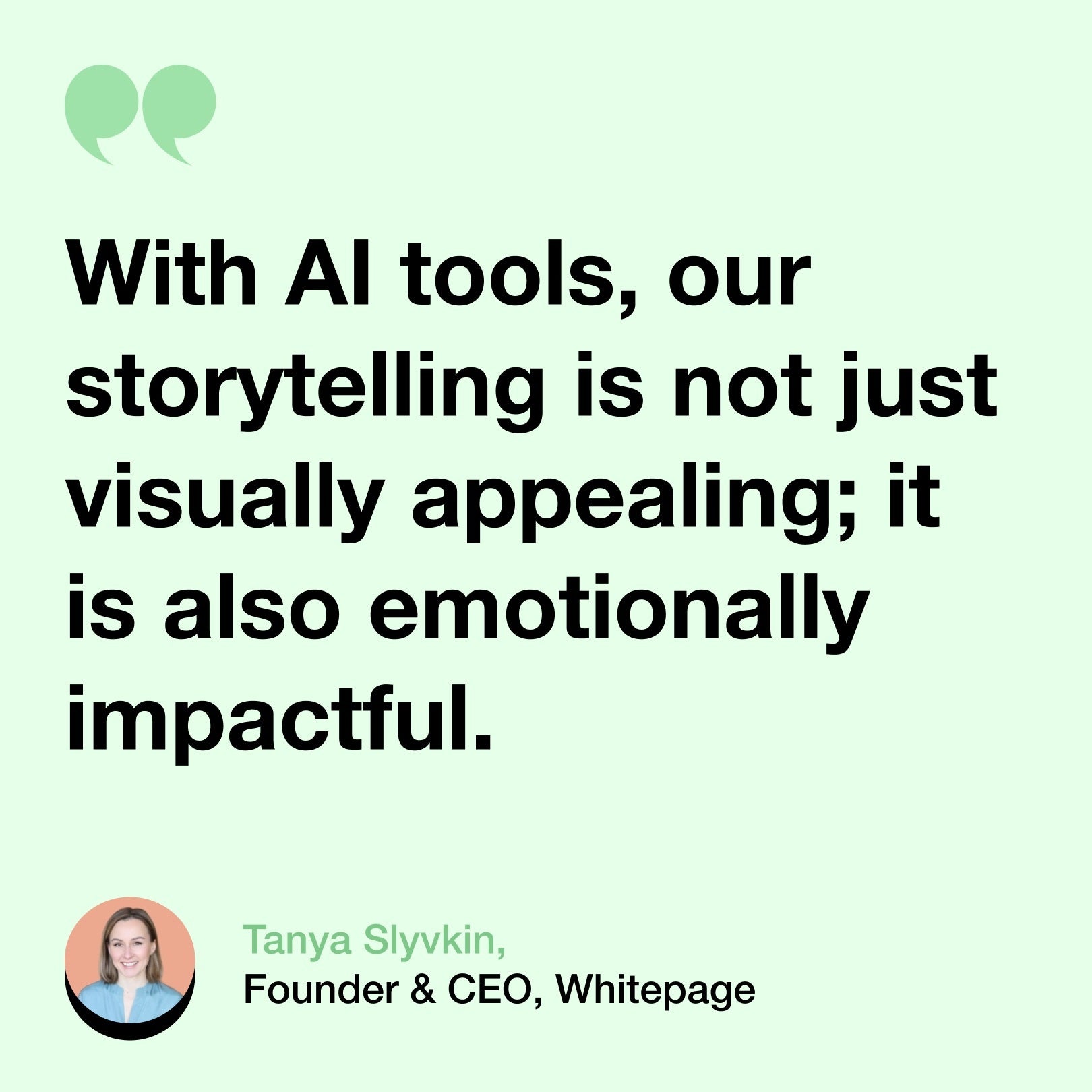
We created Version A, a video showing our presentation's creative process. This includes energetic visuals, testimonials, and upbeat music. Then, Version B includes a video focusing on the technical aspects of our services, with straightforward messaging and a professional tone. We use Affectiva to test both versions with a sample audience. It analyzes their facial expressions and emotional responses to each. The results could reveal that Version A evokes stronger positive emotions, like enthusiasm, than Version B. So, viewers will likely respond better to the visuals and upbeat tone.
Since we started using AI in storytelling, we have witnessed a 24% increase in engagement on our social media posts and a 12% increase in click-through rates on our website. With AI tools, our storytelling is not just visually appealing; it is also emotionally impactful.
Tanya Slyvkin, Founder & CEO, Whitepage
Storyboard AI Elevating Social Media Engagement
As the CEO of Refresh Digital Strategy, an agency focused on cutting-edge visual storytelling, AI has significantly impacted how we craft brand narratives. Tools like storyboard generators analyze massive datasets to identify visuals and sequences that resonate, then automatically arrange content to build narrative flow and boost engagement.

For example, we used an AI platform to curate 10,000 images into polished storyboards for a client's social campaign.
Engagement rose 25%, and brand favorability increased 15%. The AI found eye-catching, memorable images and suggested an order to captivate audiences, proving its power to scale visual storytelling.
While AI opens up efficiencies, human creativity still reigns. AI suggests insights, but humans craft emotionally compelling stories. For a product launch, an AI editor created a hero social video in under an hour from raw footage and graphics. The AI decided on highlights, added transitions and music, and wove it all together. The video drove 80K views, showing how AI and human judgment are changing how brands visually connect with audiences.
Alexander Palmiere, Founder & CEO, Refresh Digital Strategy
Producing Customized Promotional Videos
At Appy Pie, AI-powered tools are significantly shaping the way brands tell their stories visually by enabling more personalized and dynamic content creation. These tools analyze user data and preferences to generate tailored visuals that resonate with specific audiences, making storytelling more relevant and impactful.
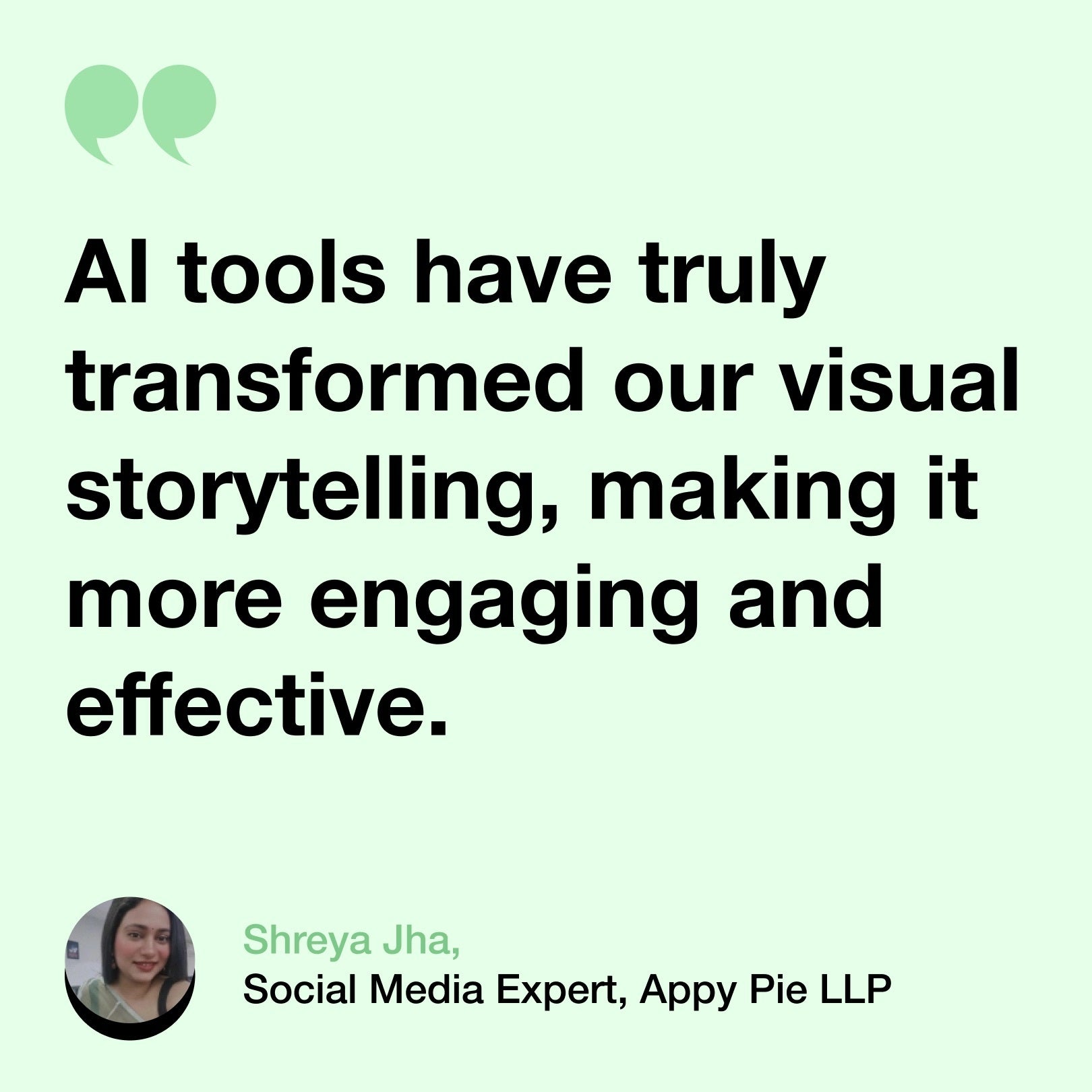
One example of a creative storytelling approach we've used involves leveraging AI-driven video creation tools to produce customized promotional videos. By integrating user-generated content and data insights, we crafted videos that showcased real customer experiences with our platform. This not only added authenticity to our brand narrative but also engaged viewers by highlighting relatable success stories.
Through this approach, we were able to connect emotionally with our audience, demonstrating how our solutions can empower individuals and businesses to bring their ideas to life. AI tools have truly transformed our visual storytelling, making it more engaging and effective in communicating our brand's message.
Shreya Jha, Social Media Expert, Appy Pie LLP
Data Driving Direction for Stories
As the founder of Hedera, an agency focused on crafting digital experiences, AI-powered tools have helped us shape visual stories in powerful ways. Our proprietary analytics platform analyzes client website data to determine what types of visuals resonate most with visitors.
For one wellness client, the AI found photos of their facility and classes were highly engaging. We worked with them to capture more lifestyle imagery and video, turning them into social media clips promoting their community and services. Engagement on social media jumped 32% in three months.
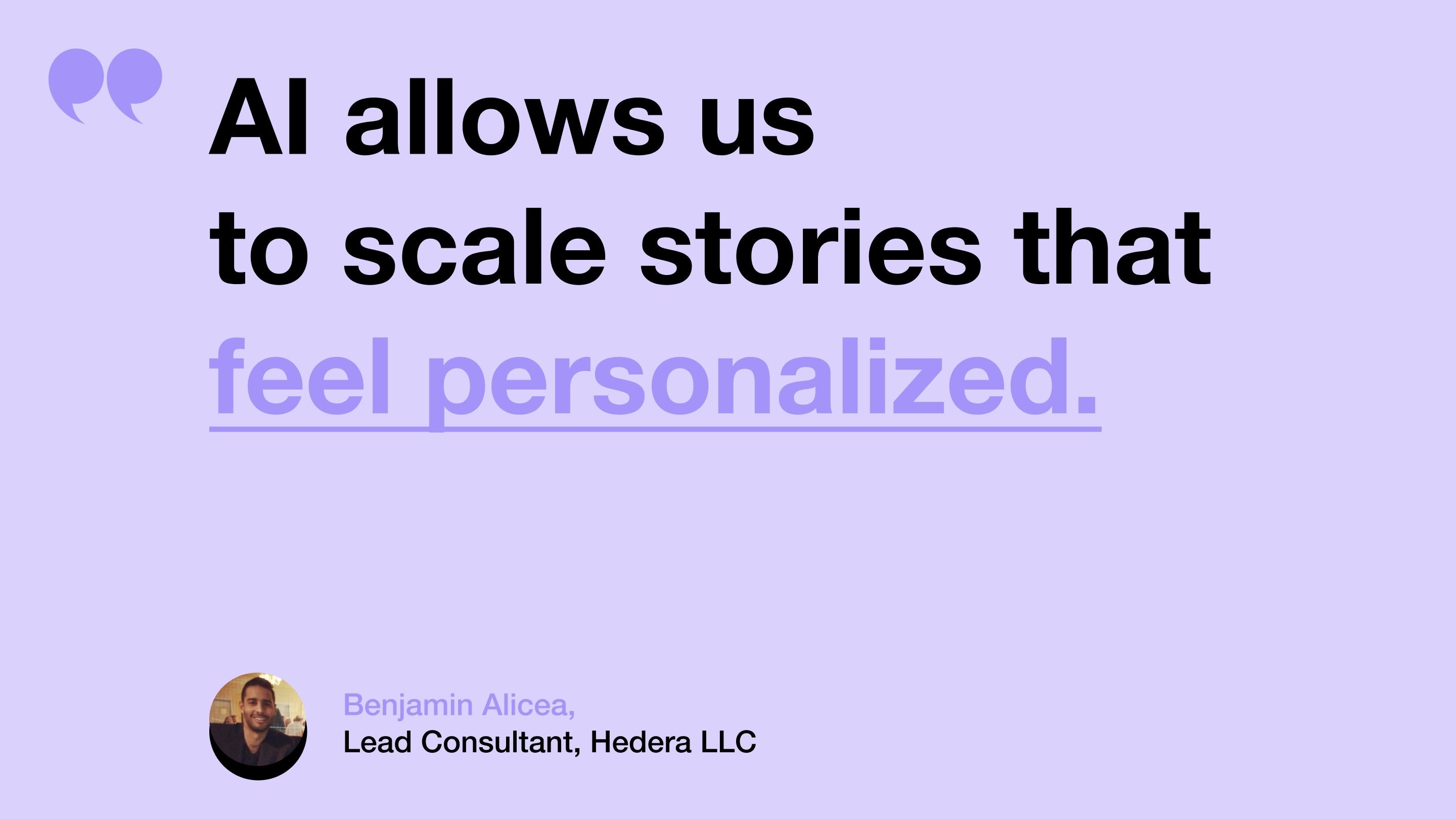
For a retailer, the AI showed that infographics on eco-friendly products and sustainability were popular. Our team designed an animated video on how their products support the environment. It has generated over 50,000 views, positioning them as an eco-conscious brand.
AI allows us to scale stories that feel personalized. While AI crunches data, our creative team crafts stories aligning with brand values and forging emotional connections. Together, AI and human creativity boost results.
Benjamin Alicea, Lead Consultant, Hedera LLC
Explore more:

Claid.ai
September 5, 2024